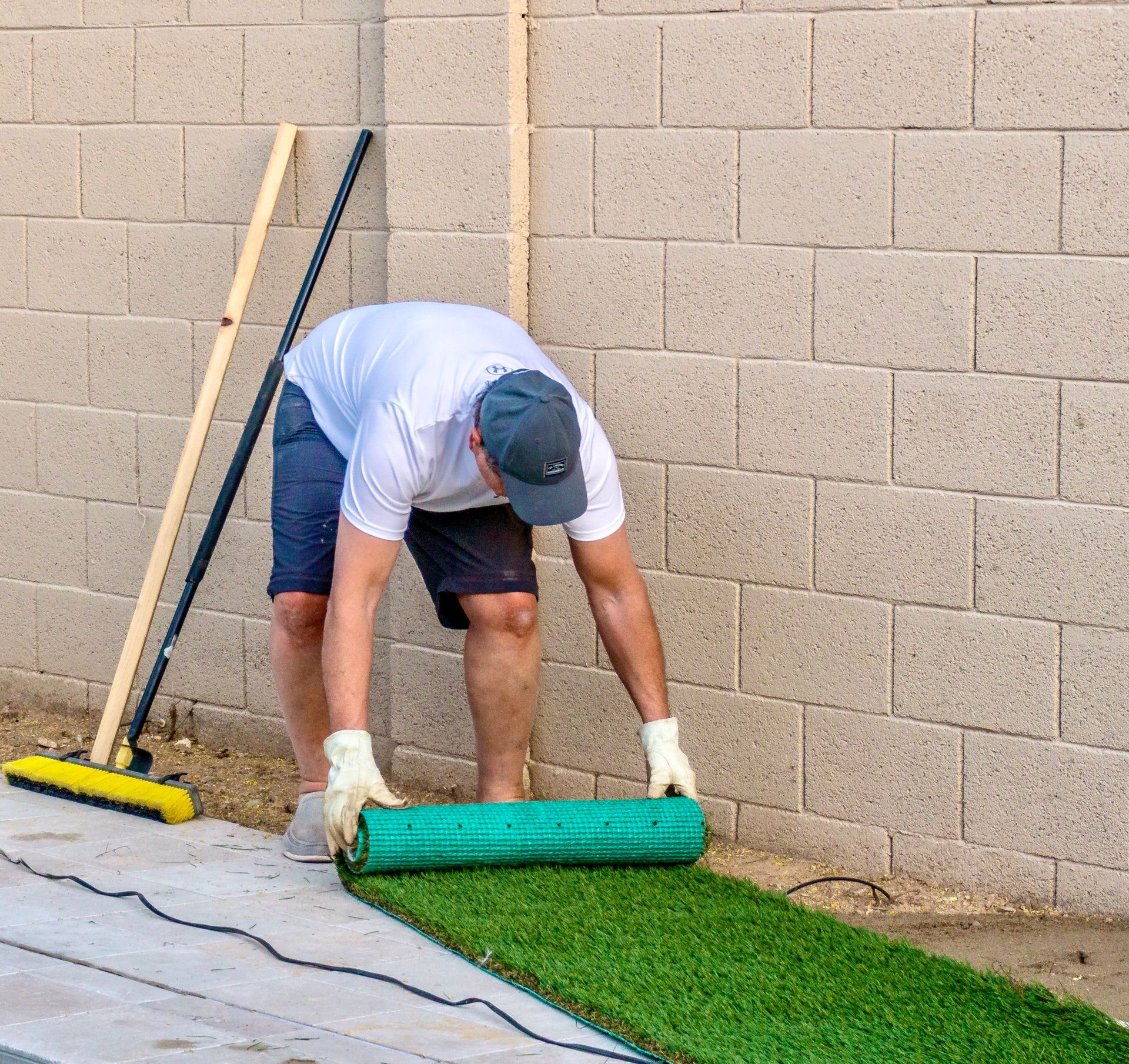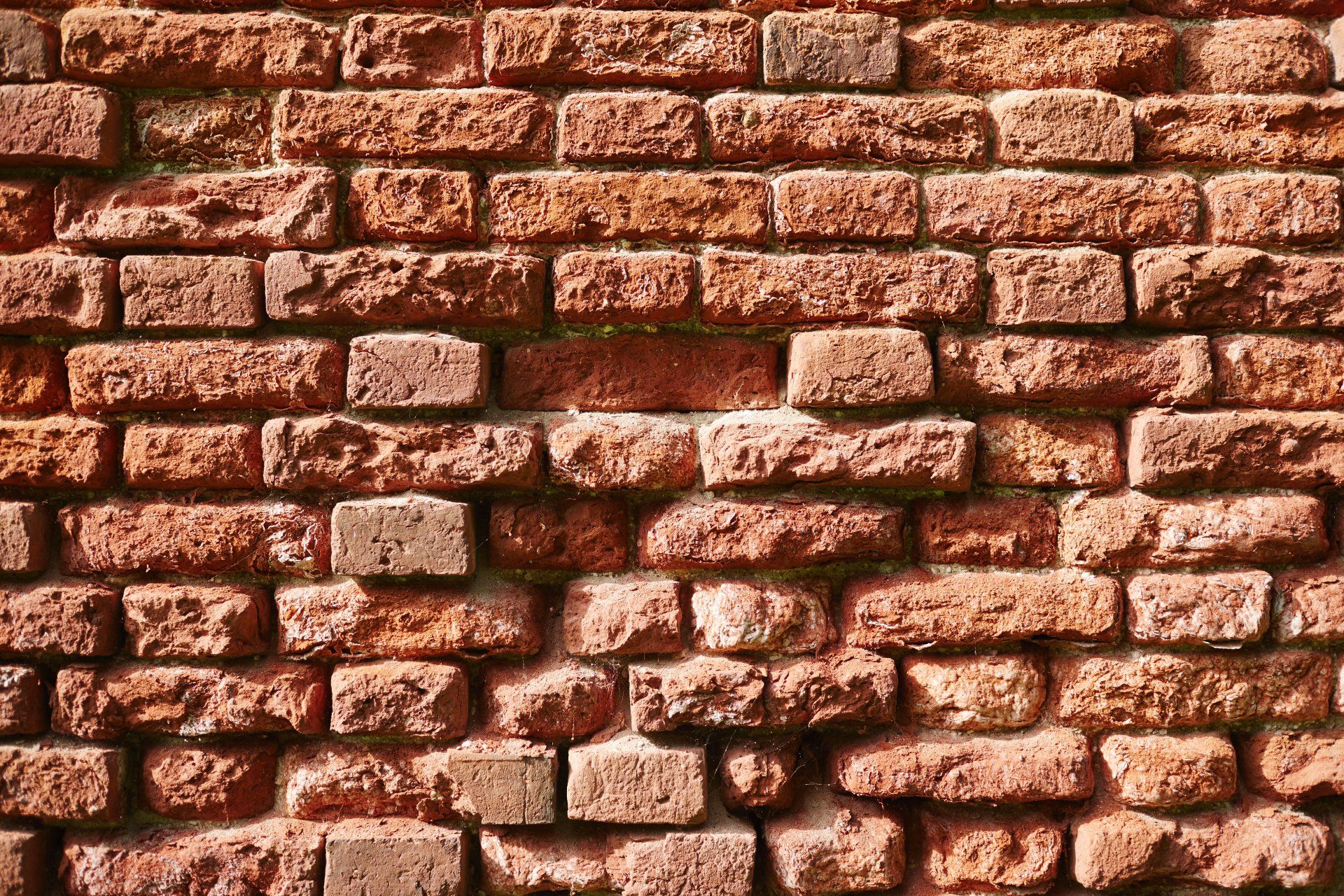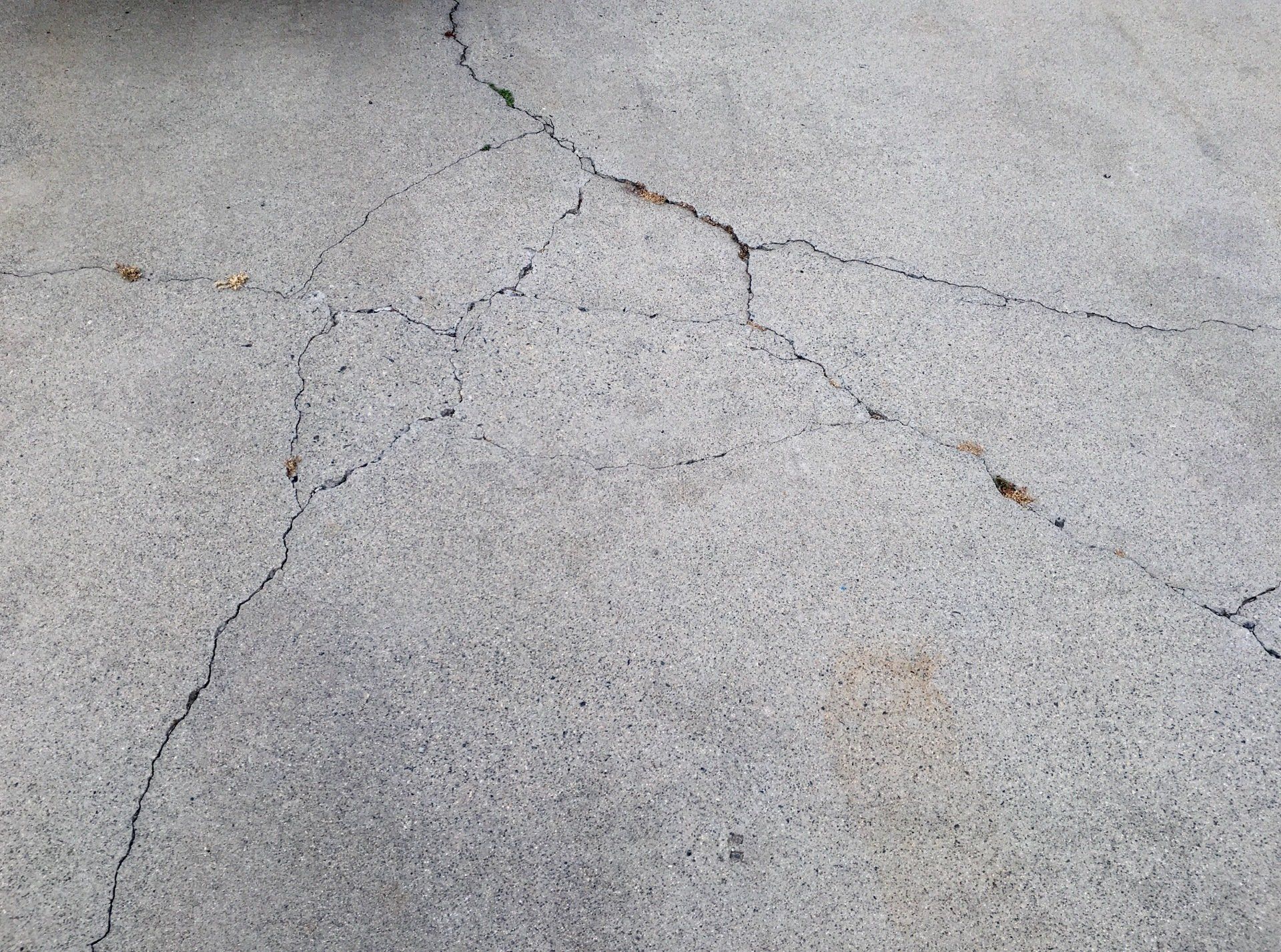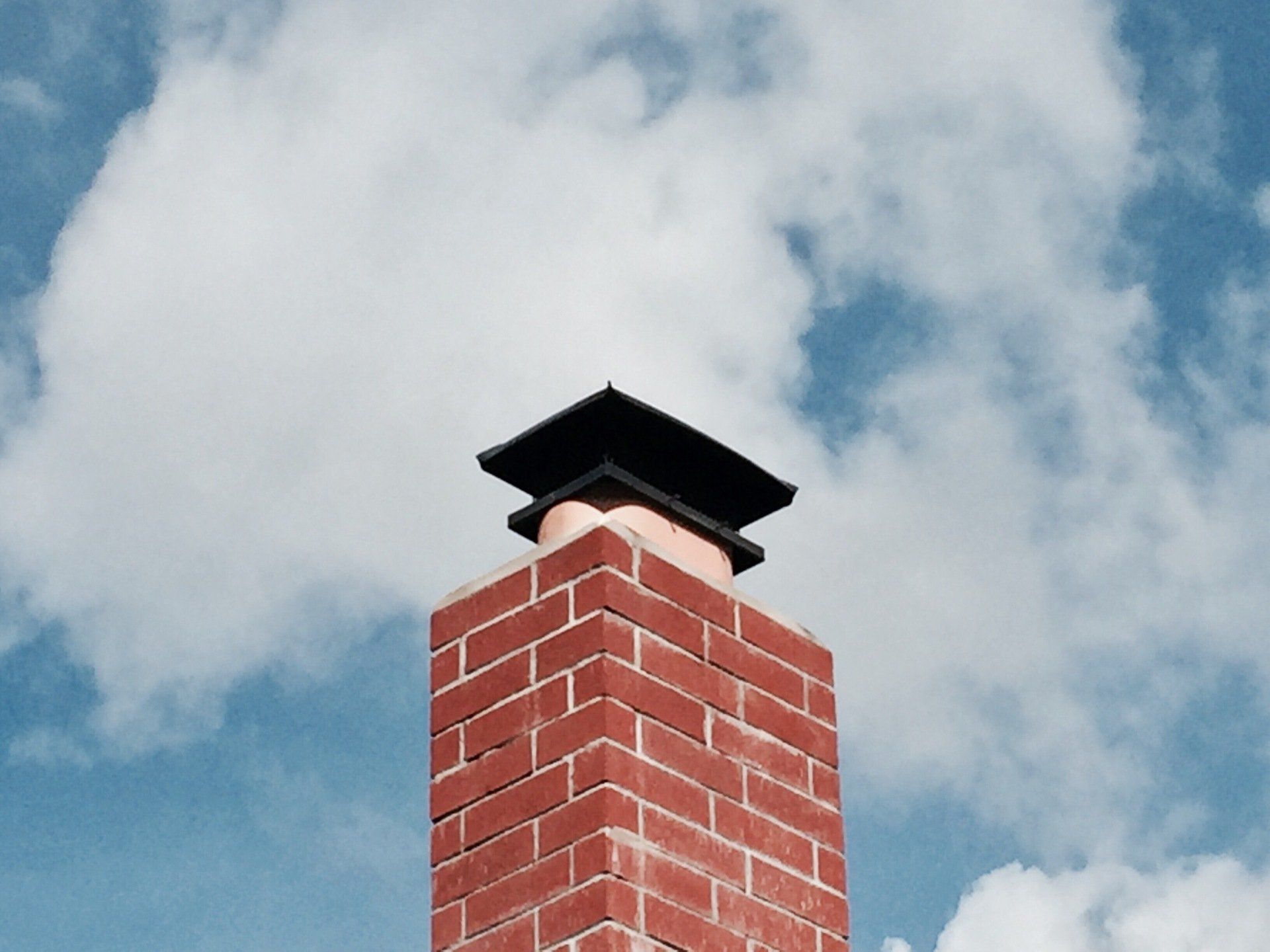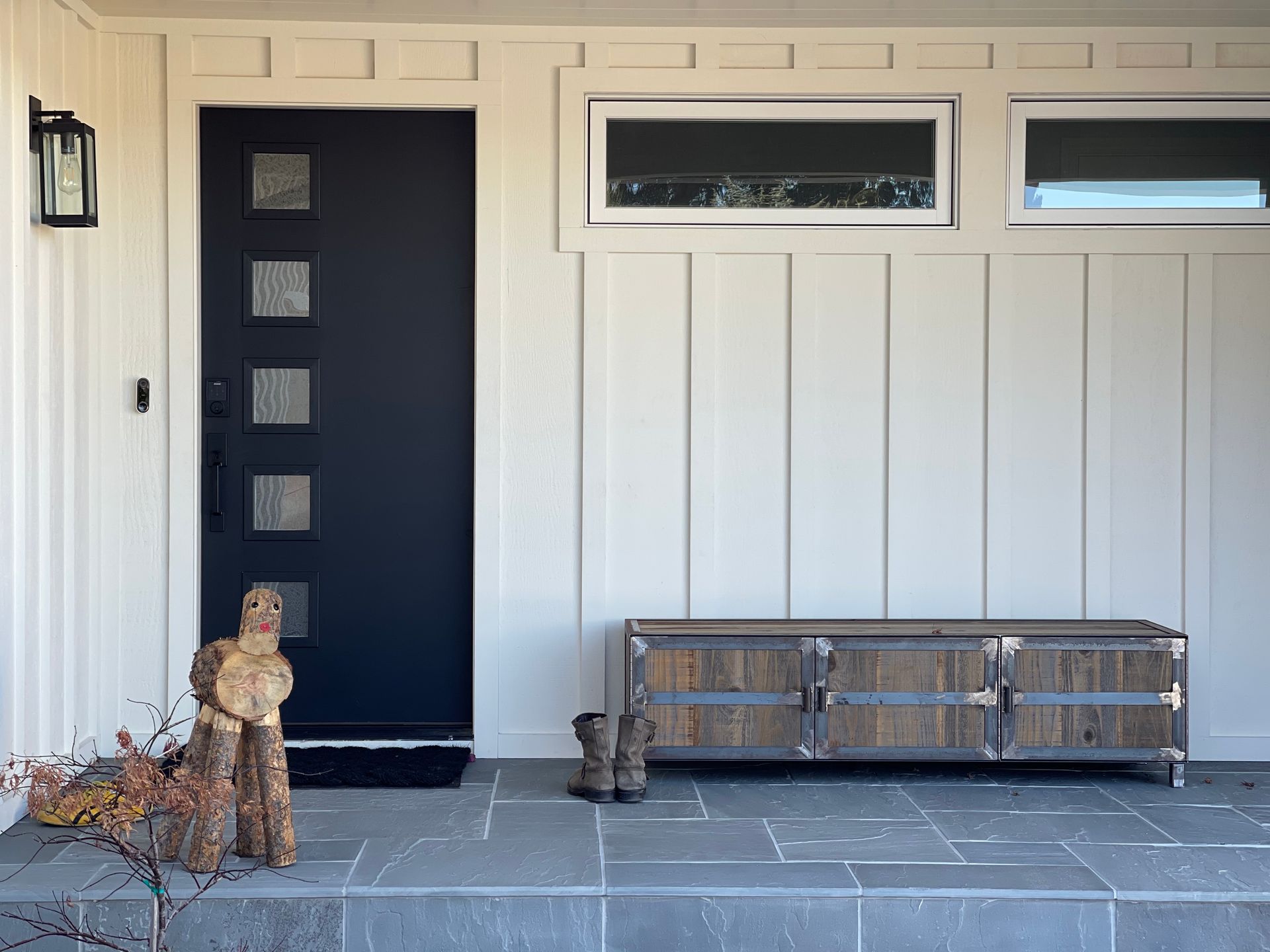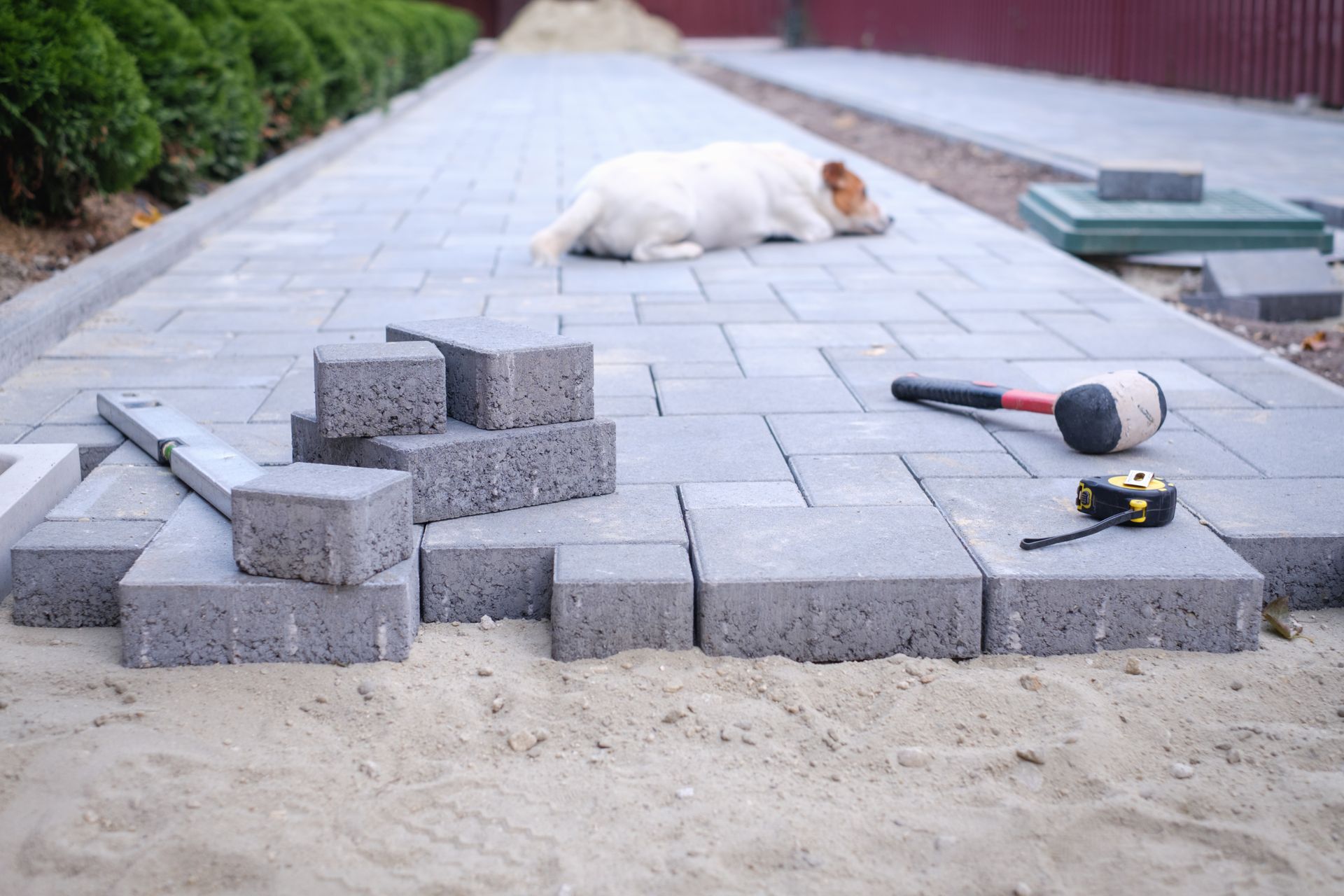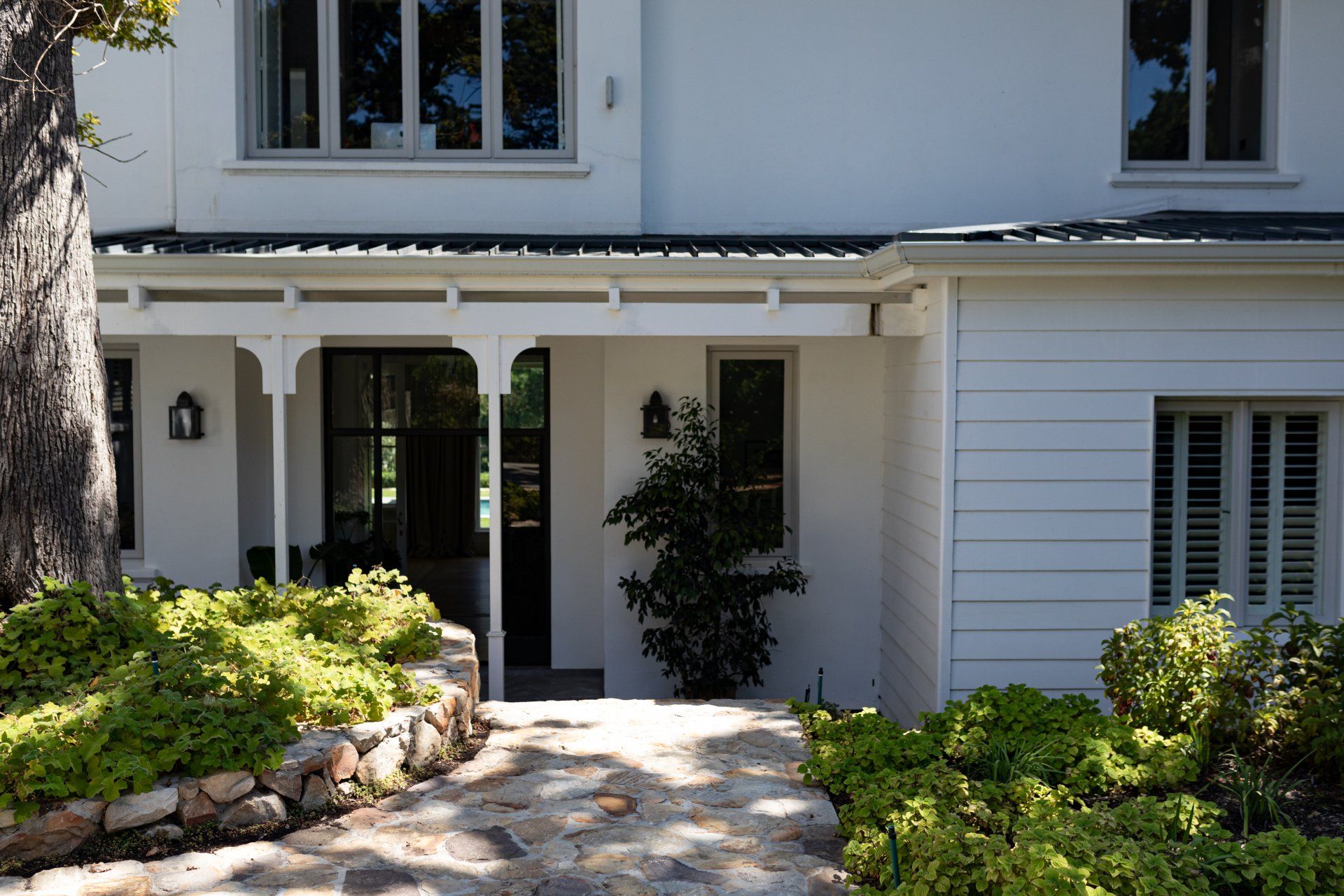Top Bricklaying Questions Answered
If you have a brick house, you may not have ever thought about the process of getting those bricks where they need to be. However, if you’ve had any problems with your home (cracked bricks, faded bricks, etc.) then you likely have some questions about the process, how bricklaying is done, and what you’ll need to do to get your situation fixed.
Here are some of the top questions people have about bricklaying.
What Causes Cracked Bricks and Can They Be Repaired?
There are a few ways that bricks can crack. One of the most common is bricks that lose their facing. This refers to a situation where small cracks in the brick occur and the outer surface starts to come off. One of the main causes for this type of cracks is moisture getting inside the bricks, freezing, and expanding. This is more common in cold climates.
Another possible issue is the mortar between the bricks cracking. When this happens, you sometimes get a “staircase” effect where it looks like steps going up through the mortar. These issues are typically caused by moisture-related settling of the foundation.
Other cracks can be caused by various issues, such as material depreciation, thermal expansion, or environmental factors such as wind and rain.
Whether or not the bricks can be repaired depends on several factors. Some damage is cosmetic while other damage is structural and can cause serious problems for a homeowner. Having a talented brick layer look at the situation can determine the extent of the issue and what needs to be done to repair the damage.
In some cases, mortar or individual bricks can be removed and replaced. In other cases, structural repairs will need to be done to prevent the problem from happening again or worsening.
What Time of Year is the Best to Conduct Masonry Repairs/Rebuilds?
In general, you want to do masonry repairs and rebuilds when it isn’t too hot, and it isn’t too cold. This means when the temperature is over 40°F but less than 100°F. This is why it’s a good idea to regularly review and examine the bricks on your home. If you find a problem and the weather isn’t appropriate for repairs at the time, it could worsen before the problem can be fixed.
Does the Color of Bricks Dade? How Can I Clean Them?
If you have a brick wall that is starting to fade or lose its original appearance, there are a few things you can do. First, exterior brick can be cleaned by using a vacuum to get rid of any dirt, then the wall can be washed with soap and water. A sponge or soft brush should be used to clean off any dirt. Then rinse with water. Don’t use a wire brush, since these can leave bits of metal behind that can rust and cause damage.
If you use a pressure washer to clean the brick, use caution. Too much pressure can damage the brick.
In some cases, faded bricks can indicate a more serious issue. For instance, moisture can sometimes cause bricks to change color or fade. If this is happening, it’s recommended to ask a professional for assistance. Underlying issues should be investigated and resolved.
Another situation where a professional is recommended is in situations where sealing is required. Professional sealing can restore brick colors and help protect bricks from additional damage or discoloration. Speaking with an expert can help you determine if this is a good idea for your situation.
How Often Does Brickwork on Homes or Used in Landscaping/Driveways Need Maintenance?
Brick is very long lasting and brick buildings can last for many, many years without needing significant maintenance. However, mortar is less strong and can degrade more quickly. Usually, it requires some maintenance every 20 years or so.
Properly caring for, cleaning, and sealing your brick is crucial for ensuring its life. With proper care, you can keep your bricks looking and performing great for years to come. For more information, or to schedule an appointment, please give us a call at 602-469-8569 or contact us online.
